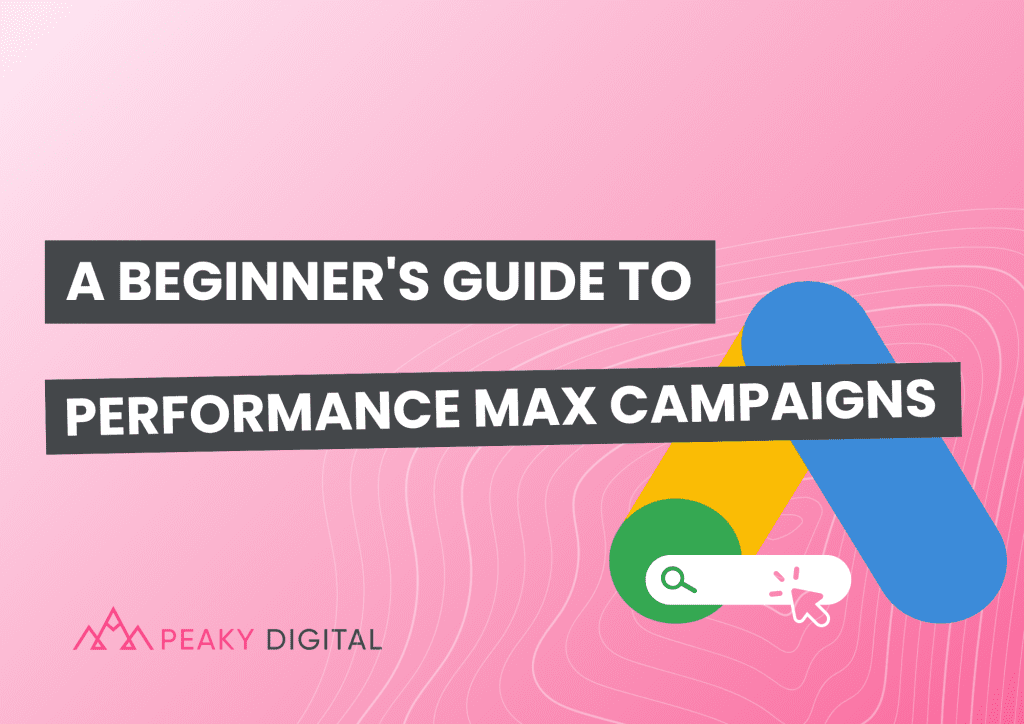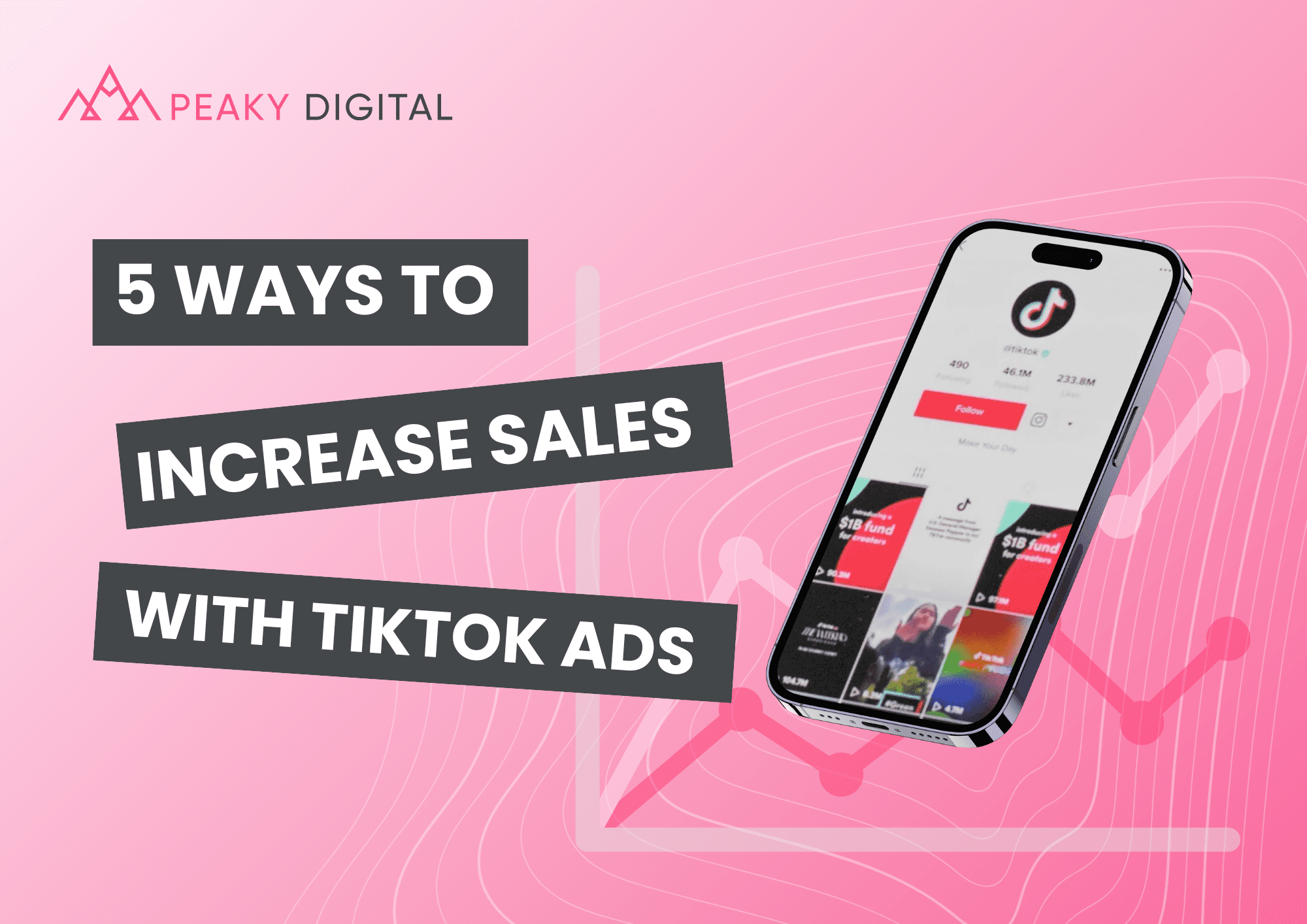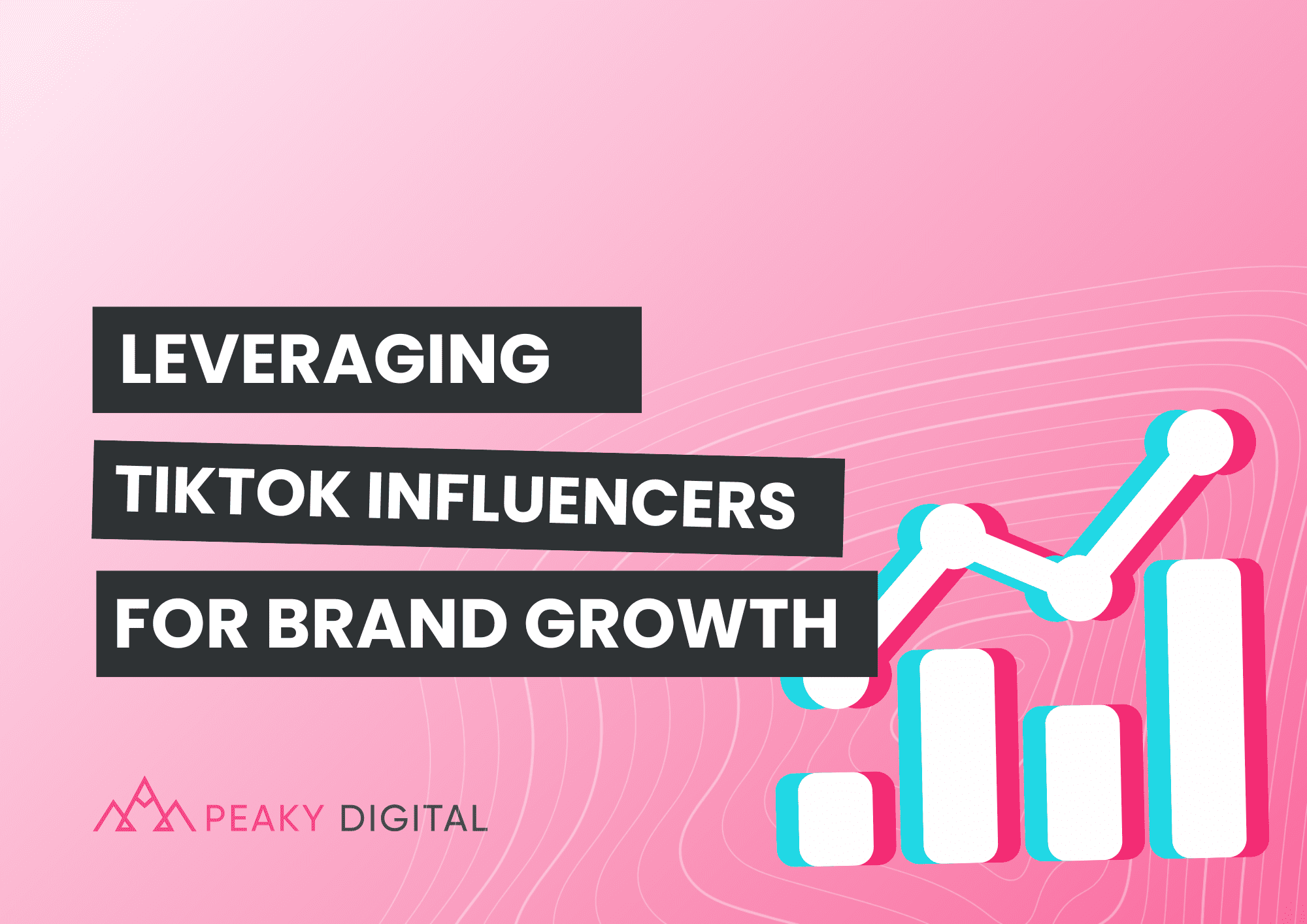
Unlocking New Audiences: Amazon Sponsored TV Ads Arrive in the UK
Jul 26, 2024
At Unboxed 2023 Amazon introduced Sponsored TV, a brand-new self-service advertising format with no minimum spend…
by Freya Carberry
Jul 31, 2023

Launched at the end of 2021, Performance Max (or PMax) is the latest development in peak automation for Google Ads campaigns, using machine learning to automate both the creation and delivery of your Google Ads.
After selecting Performance Max as your campaign type, you’ll upload various creative assets (such as images, video and text), and Google will automatically create ads that can be shown across the entire Google network. Google uses machine learning to change the format of your ads depending on what works best in each placement, at which time.
Read on as we dive into Performance Max, walking you through the pros, the cons, the how-tos, and whether or not PMax is for you.
According to Google, Performance Max’s objective is to improve campaign performance, and make things easier for advertisers. Many marketers have speculated that this was a direct response to growing competition from Meta’s simple and user-friendly interface.
Another likely motivation is that Google wants to give its machine learning algorithms the best opportunity to gather data and improve their capabilities.
Increase your online presence and reach: Previous campaign types required creating multiple different ads to be shown in different placements. PMax allows you to create just one campaign that will be shown across the whole of the Google network (think Search, Discover, Display, Youtube and Maps).
Increase conversions: Just like it says on the tin, PMax aims to maximise the performance of your ads by optimising your bids and budgets in real-time. This means optimisations are made with maximum efficiency, saving you time and money.
Reach new potential buyers: You’ll have access to Google’s breadth of machine learning and an extensive bank of data gathered on users’ shopping preferences and intent. This allows Google to serve your ads to new in-market audiences, introducing your brand to new potential buyers.
Some control over budget: Although Performance Max automates much of the process, you’ll still be able to set a target ROAS or target CPA, and the campaign will then aim to maximise your budget most effectively within those goals.
In the interest of simplifying the process for advertisers, setting up a PMax campaign is straightforward. Just follow these steps:
Reporting insights are limited: This is the main shortfall of Performance Max (and it’s a fairly big one). You won’t get insights into the performance of individual asset groups, or how your campaign is performing across specific channels. There’s also a lack of device insights, so you won’t see how your ads are performing on desktops vs. mobile devices.
Lack of control: This has raised concern among advertisers, particularly in relation to audience targeting, which has been replaced with audience signals. Audience signals don’t tell Google who you want your ads to show to, but help Google to identify indicators of potential buyers.
Limited control over bid strategies: The only bid strategies available are Maximise Conversions, or Maximise Conversion Value. This limits the suitability of Performance Max campaigns to conversion-based goals (rather than increasing awareness).
Now that you know what Performance Max is, is it right for you? The general consensus is that if you have a decent budget, experimenting with PMax can be worthwhile to increase the reach of your campaign without using too much of your time.
The key word here is experimenting. Performance Max won’t always be effective, and the algorithms work best when they’re fed sufficient data and given enough time to learn. This means that these campaigns work best if you have a lot of conversion data, and a big enough budget to set the campaign running for a while (even if you’re not seeing results initially).
Ultimately, Performance Max campaigns are worth trying alongside your other campaigns (such as Search and Shopping), but should be seen as a supplement to these campaign types, rather than a replacement for them.
Our dedicated PPC team can help to craft an effective Google Ads campaign for your business – get in touch today.
Brand awareness, business growth or a bigger and better ROI, our team of digital specialists are here to help you get the most from your brand. Let's start a new partnership today.

Jul 26, 2024
At Unboxed 2023 Amazon introduced Sponsored TV, a brand-new self-service advertising format with no minimum spend…

Jul 26, 2024
Has your eCommerce brand been struggling with a plateau in sales lately? Maybe you’ve found that…

Jul 25, 2024
Although platforms like Facebook and Instagram are staples of social media marketing, TikTok has emerged as…